Our world is full of incredible creatures, but many of them are in danger of disappearing forever. These animals face threats from habitat loss, climate change, and human activity, and protecting them is crucial to maintaining biodiversity and the health of ecosystems. Here are ten endangered species that need our attention now more than ever.
1. The Amur Leopard
With fewer than 100 left in the wild, the Amur leopard is one of the most endangered big cats on the planet. These elusive leopards roam the forests of Russia and China, where they face significant threats from poaching and habitat destruction. Poachers target them for their beautiful, spotted fur, and forest loss further isolates their population. Efforts to safeguard their remaining habits, reduce human-leopard conflict, and reintroduce captive-bred individuals are critical to their future survival.
2. The Mountain Gorilla
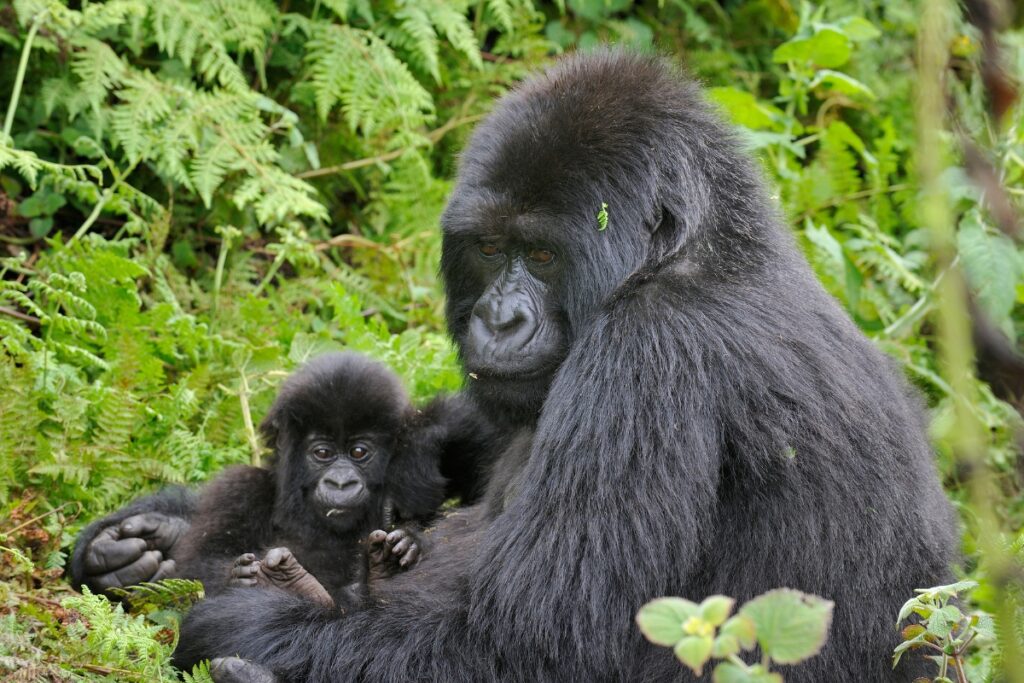
Mountain gorillas live in the misty, forested mountains of East Africa and are famous for their tight-knit family groups. Deforestation, poaching, and disease have pushed these majestic creatures to the brink of extinction. Thanks to international conservation initiatives and ecotourism that benefits local communities, their numbers are slowly rebounding. Still, they remain critically endangered and continue to rely on human intervention to protect them from poachers and prevent further habitat loss.
3. The Vaquita

The vaquita, a small and shy porpoise found exclusively in the Gulf of California, is the rarest marine mammal, with fewer than 30 individuals remaining. Their most significant threat comes from illegal fishing operations, as vaquitas often become trapped in gillnets intended for other species. Conservationists are pushing for stronger enforcement against illegal fishing and promoting the use of vaquita-safe fishing gear, but without immediate action, this species could disappear within years.
4. The Pygmy Sloth
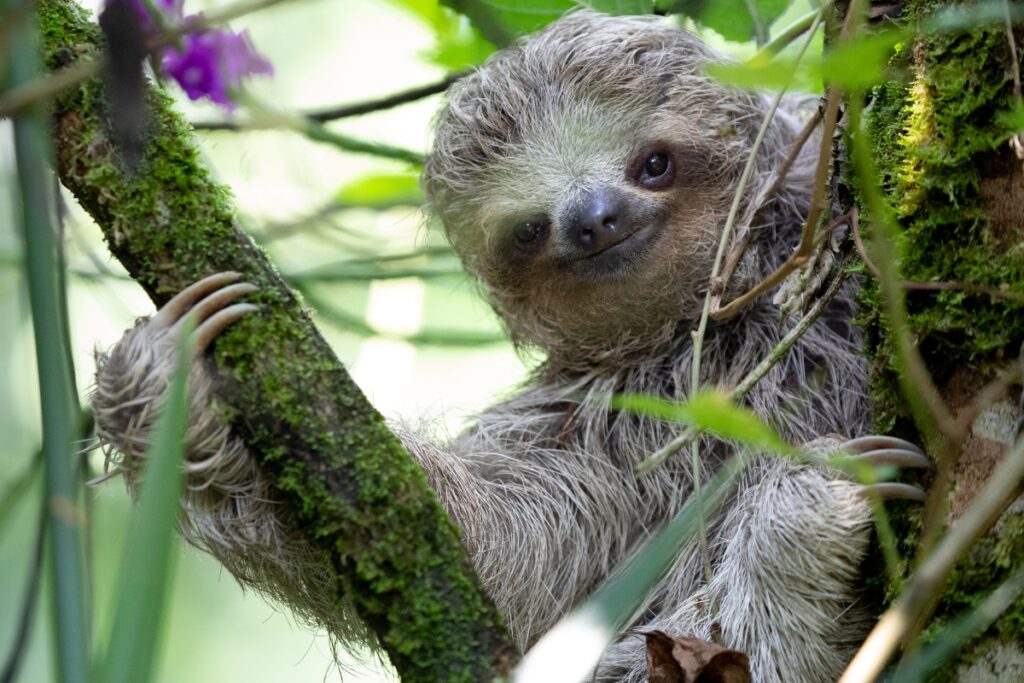
The pygmy sloth, a unique and incredibly rare species, resides only on the small island of Isla Escudo de Veraguas in Panama. These slow-moving creatures are perfectly adapted to their mangrove forest habitat, but human encroachment and deforestation have devastated their numbers. Efforts are now focused on safeguarding the island’s ecosystem and limiting human activities that disrupt their already fragile habitat, ensuring these sloths have a chance to thrive again.
5. The Sumatran Tiger
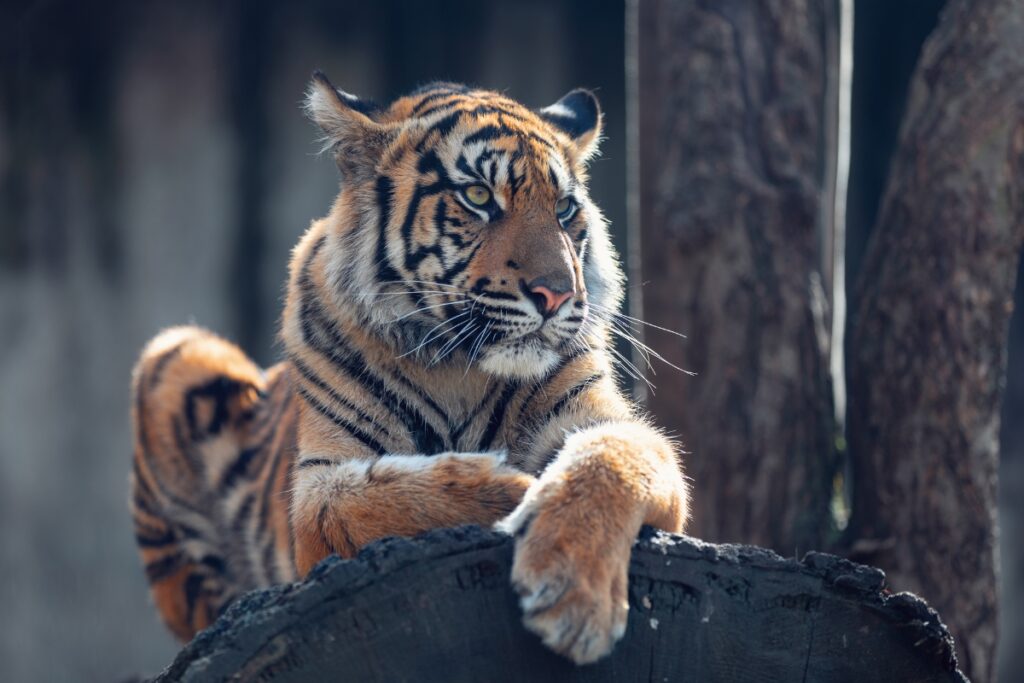
The smallest of all tiger subspecies, Sumatran tigers are critically endangered, with only around 400 left in the wild. These tigers face relentless threats from illegal poaching and habitat destruction caused by palm oil plantations expanding across their native rainforests. Conservation groups are working to combat poaching, protect the forests, and create sustainable oil production methods, but despite these efforts, Sumatran tigers remain perilously close to extinction.
6. The Northern White Rhino
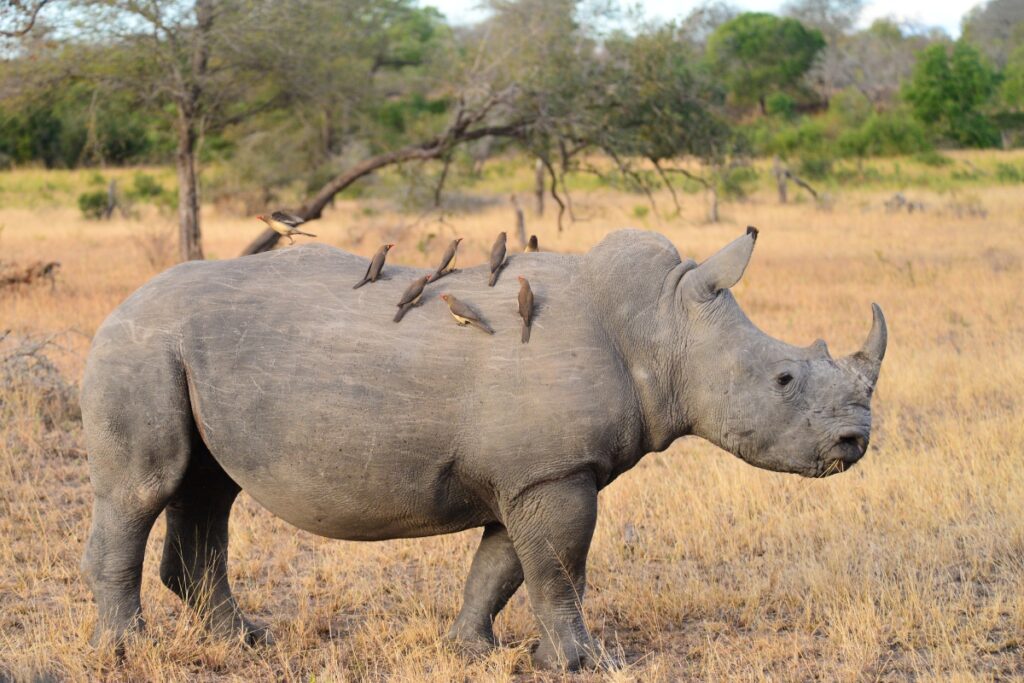
With just two females remaining, the northern white rhinoceros is all but extinct. The species has been devastated by poaching, as rhino horns are highly prized in the illegal wildlife trade. Now, conservationists are racing against time, employing cutting-edge reproductive technologies in an attempt to save the species. While hopes are pinned on in-vitro fertilization and cloning, the species’s fate serves as a sobering reminder of the consequences of human greed.
7. The Orangutan
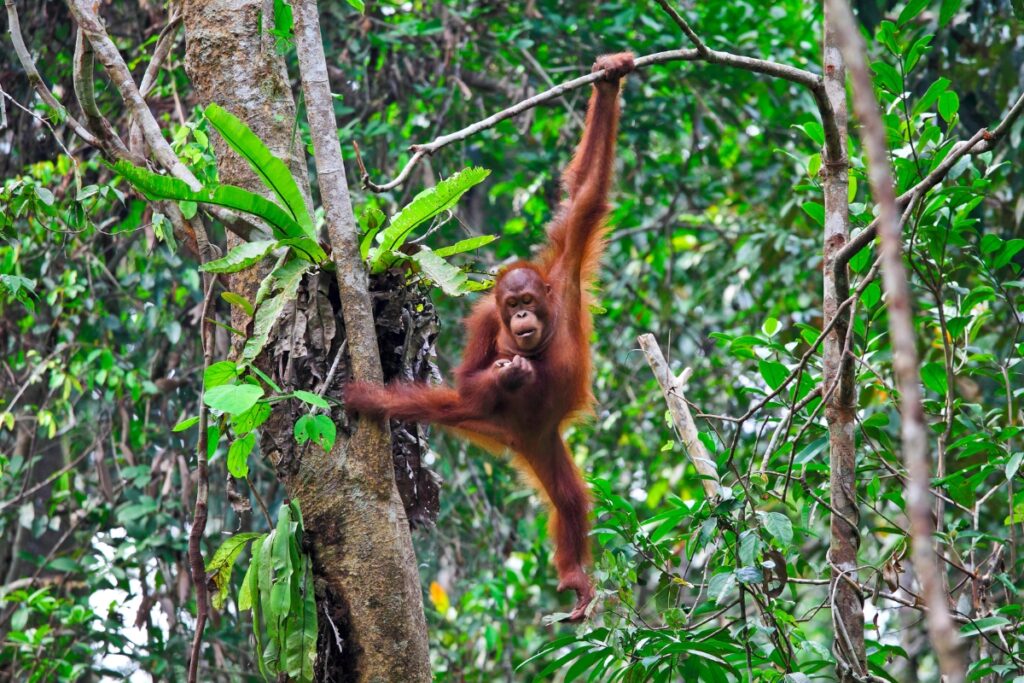
Orangutans, known for their intelligence and gentle nature, are considered forest guardians due to their role in seed dispersal. Both the Bornean and Sumatran species are critically endangered, primarily because of deforestation and the illegal pet trade. These magnificent creatures depend on intact forests for their survival, but habitat loss from logging and palm oil plantations has shrunk their range significantly. Protecting their remaining forest homes is essential to preserving both the orangutans and the ecosystems they sustain.
8. The Leatherback Turtle

Leatherback turtles have been swimming in the world’s oceans for over 100 million years, but today they are critically endangered. These ancient creatures face numerous threats, from ingesting plastic pollution to becoming entangled in fishing nets and losing nesting beaches due to rising sea levels. Protecting nesting sites, reducing plastic waste, and encouraging sustainable fishing practices are all key steps toward giving these ocean wanderers a fighting chance to survive for future generations.
9. The Pangolin

Often referred to as the most trafficked mammal in the world, all eight species of pangolin are now critically endangered. Found in Asia and Africa, they are poached for their scales, which are falsely believed to have medicinal properties. Pangolins play an important role in their ecosystems—controlling insect populations. Combating illegal trade through international enforcement and raising awareness about their ecological value are critical to preventing the extinction of these solitary creatures.
10. The Snow Leopard

Snow leopards, often called “ghosts of the mountains” for their elusive and stealthy nature, are found in the high, rugged terrain of Central Asia. Their survival is threatened by poaching, climate change, and the shrinking of their natural habitats. With fewer than 7,000 remaining in the wild, these solitary cats face increased human-wildlife conflict as livestock herders encroach on their territory. Reducing these conflicts and protecting their mountain habitats are essential steps toward securing their future.
While conservation efforts are helping some species, more public awareness and global action are necessary to prevent the extinction of these incredible animals. By protecting them, we preserve not only their existence but the balance and health of the ecosystems they support.







